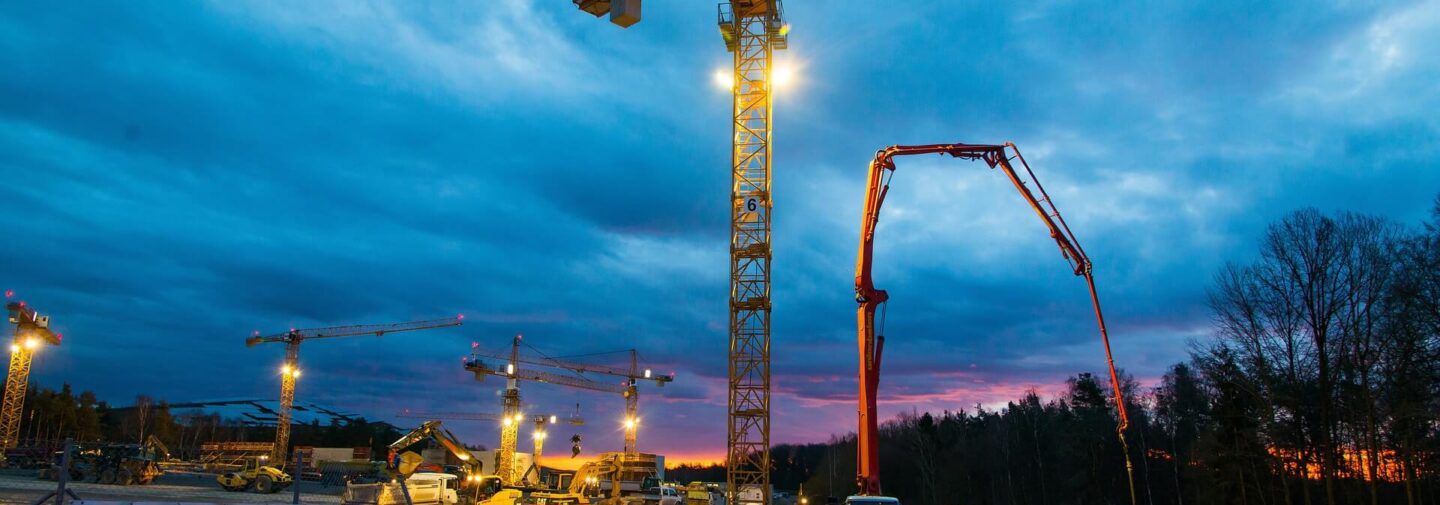A Glimpse Into Past
Back in February 2017, Northeastern University’s primary news and information site published an article focused on future challenges and opportunities for repair in the aging U.S. infrastructure system. In the opinion of the author, Greg St. Martin, the greatest 2017 challenge for construction would revolve around the issue of how to secure adequate funding for the necessary projects (News@Northeastern, “Challenges, Opportunities Ahead for Repairing Nation’s Aging Infrastructure.” Author Greg St. Martin, Feburary 2, 2017). As to the related construction opportunities, the author defined energy-efficient solutions and an increased use of recycled materials as the primary openings.
The report also mentioned possibilities for crafting new infrastructure in a manner that:
- Promotes easier adaptability to future national needs
- Addresses the importance of engineering as a means of balancing short-term to long-term processes
- AND The expected advanced role of modern innovations and new technologies in the construction operations processes of 2017.
Economic improvements introduced in 2018 pretty much resolved the problems associated with the availability of construction and infrastructure capital. However, other points of complexities and opportunities established within that 2017 article overflow into any current discussion of challenges for construction in 2018. But rather than backtracking, we want to zoom in on four major challenges contractors are currently encountering. Each challenge has to do with the new and projected surge in construction project activity.
Labor Shortage
According to Fox Business News, 50% of contractors now face difficulties in satisfying workforce demand, both in salaried and skilled craft positions (Fox Business, “Six-Figure Construction Jobs Are Going Unfilled.” By Brittany De Lea Published January 05, 2018). Positions expected to remain open and unfilled during 2018 include those of:
- Foremen
- Welders
- Various craft professionals
- Crane operators
- AND More.
The necessity of travel stands as a major cause for the 2018 construction labor shortage. Possible solutions include:
- Adoption of real-time operations technology
- Shifting the workload toward a fabrication-based process
- Restructuring the work model to increase productivity and profitability
- Present a safer workplace with more reliable employee stability.
Technology Adoption
Without a doubt, modern technology can and has improved operations and management in the construction industry. Features such as cloud-based data-storage, real-time mobile communications and customized software for contractors serve across multiple channels of project activity. In 2018, contractors can expect greater integration of virtual reality, augmented reality and specialized project visualization software. Use of 3D printers, drones and even self-driving vehicles promote quicker more efficient solutions.
Yet construction contractors sometimes resist the concept of digitalized project functionality. Dumping the hands-on mentality may be among the most difficult construction challenges in 2018 – even though leadership can now tour construction jobsites without need of in-person visits.
New Safety Regulations
The figures are in. Construction remains the industry-wide leader in workplace accidents. Yet better systems for improvement exist. It’s just a matter of taking action on the issues. Tools that contractors can use to reduce the 2018 construction safety challenges include:
- Mobile apps that promoted higher OSHA compliance
- Construction-focused safety analytics software
- Real-time field communications via dedicated safety apps
- AND so much more.
Workforce Training
According to The Washington Post, employers nationwide now grapple with the problem of too many jobs and not enough workers. The U.S. unemployment rate is at a 17-year low (The Washing Post, “Too Many Jobs and Not Enough Workers.” By Danielle Paquette December 28, 2017). For over five months in a row, U.S. job openings have peaked near six million opportunities. Compiling a skilled workforce may end up being the number one challenge for construction in 2018.
In-house workforce training may be the primary solution to this challenge. To make it happen, contractors need in-house tools designed for that purpose. To meet the 2018 challenges in construction, consider using the Assignar software for construction contractors. Our solutions are many. Read here about “How Operation Software Streamlines Construction Worker Training.”





